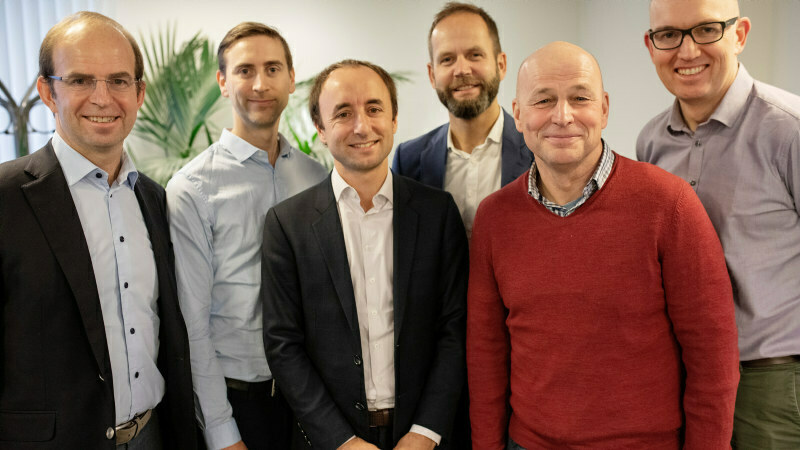Cruise ships would be able to sail into Norway’s heritage fjords and make port calls with zero emissions if they are able to tap into the planned supply of liquid hydrogen now in the planning stages on the West Coast of Norway.
Speaking on behalf of the consortium formed to develop a maritime liquid hydrogen supply chain in Norway, Bjorn Sundland, senior business developer at BKK, said that they envision cruise ships using hybrid solutions with fuel cells running on liquid hydrogen from which the only emissions would be water. The goal is to make liquid hydrogen available for commercial shipping in the first quarter of 2024.
In addition to BKK, an energy and infrastructure company based in Bergen, the consortium consists of Equinor, the Norwegian state-owned energy (oil) company, Air Liquide of France, various other Norwegian companies, including ferry operators, Wilhelmsen, a ship management company, and Viking Ocean Cruises.
And with Viking, Sundland said the consortium is also working to develop module-based liquid hydrogen container solutions for onboard hydrogen storage. The same containers can also be used in shorepower installations, where there is not sufficient grid power to support cruise ships, using fuel cells running on liquid hydrogen.
The consortium was recently awarded (Norwegian) government funding to develop their supply chain concept and Sundland told Cruise Industry News that the funding will enable the group to conduct preliminary studies and finalize its business plan by the end of 2020.
The next steps will involve selection of a location for production, according to Sundland, with sufficient power, and access to a pier for transportation and bunkering, in addition to having a support infrastructure, including firefighting. Work will also focus on safety aspects, developing simulation models, and robust designs with several safety layers reducing risk factors, he added.
Once a location has been decided, the consortium expects to move forward and build a production plant.
Sunland noted that Air Liquide already has expertise producing, storing and transporting industrial gases and that its core technologies include transforming gases into liquids.
Liquid hydrogen needs to be cooled to minus 423 degrees (F). The advantage of being liquid, according to Sundland, is that it increases the energy density, it can be bunkered faster, and with low pressure there is less possibility of leakage. He compared liquid hydrogen to LNG.
Norled, a Norwegian ferry operator, will be first liquid hydrogen consumer, building a ferry slated for service in 2021. Sundland noted it is an important pilot project that will also enable the Norwegian Maritime Authority to develop rules for use of liquid hydrogen as a fuel aboard ships.
More projects are in the pipeline, including ferries and offshore vessels. Havila, which is building four ships for coastal cargo and passenger service in Norway, is also said to be designing one of their ships with a hybrid solution for liquid hydrogen.
Equinor is also said to have plans to produce liquid hydrogen from natural gas with carbon capture technologies. (Today, some 98 percent of liquid hydrogen is produced from fossil fuels without carbon capture technologies.)
BKK also has a joint venture with Bergen Havn, which will have the largest shorepower installation in Europe, with hydro-electric power, ready for the 2020 season, allowing three large cruise ships to plug in simultaneously.
With stricter environmental regulations not only in Norway, but worldwide, Sundland said that many shipowners have pointed out that the most likely zero emission solutions for maritime users are hydrogen or ammonia.
Photo shows (from left): Lars Strandberg, vice president Hydrogen Energy Europe Industries Air Liquide; Henrik B. Håkonsen, corporate controller, BKK; Pierre de Raphélis, director business development, Air Liquide: Bjørn Sundland, senior business developer, BKK; Per Sandberg, business developer, Equinor; and Richard Allen, leading consultant asset optimization, Equinor.





